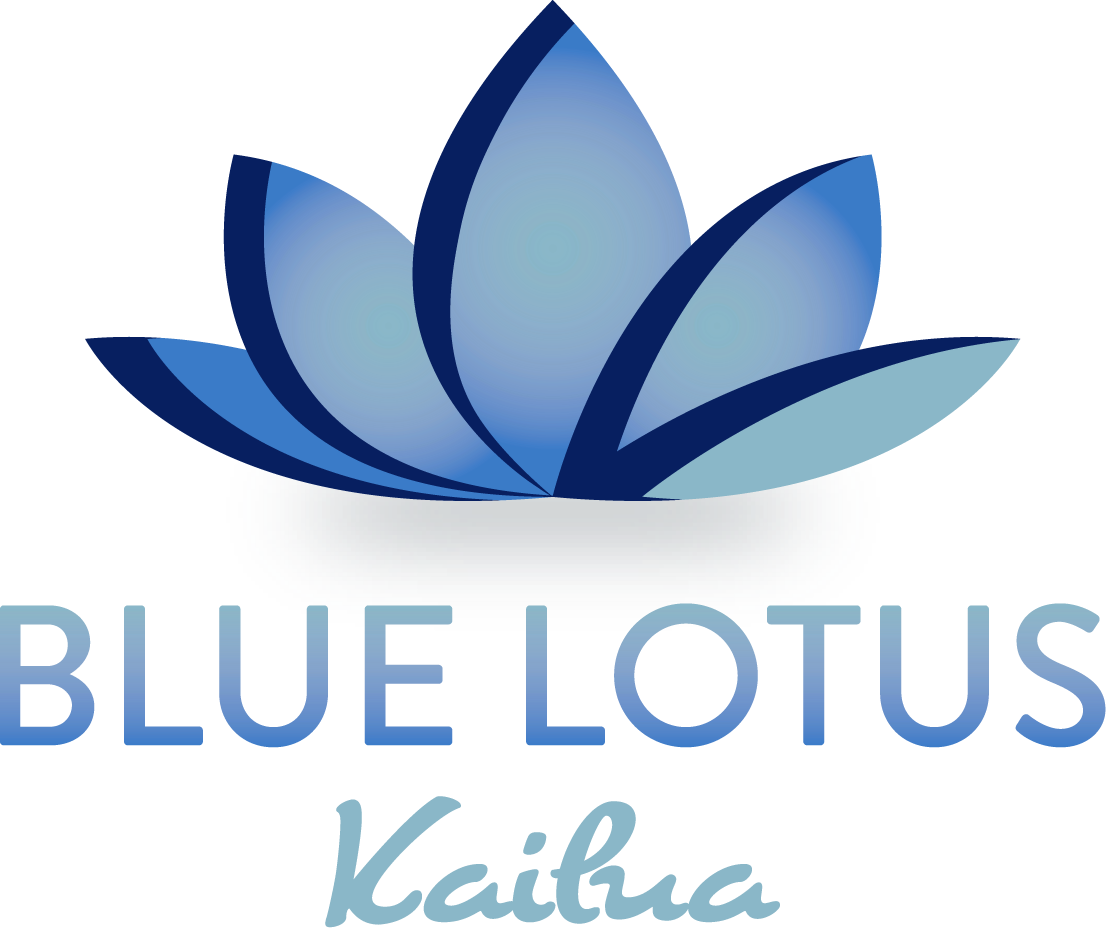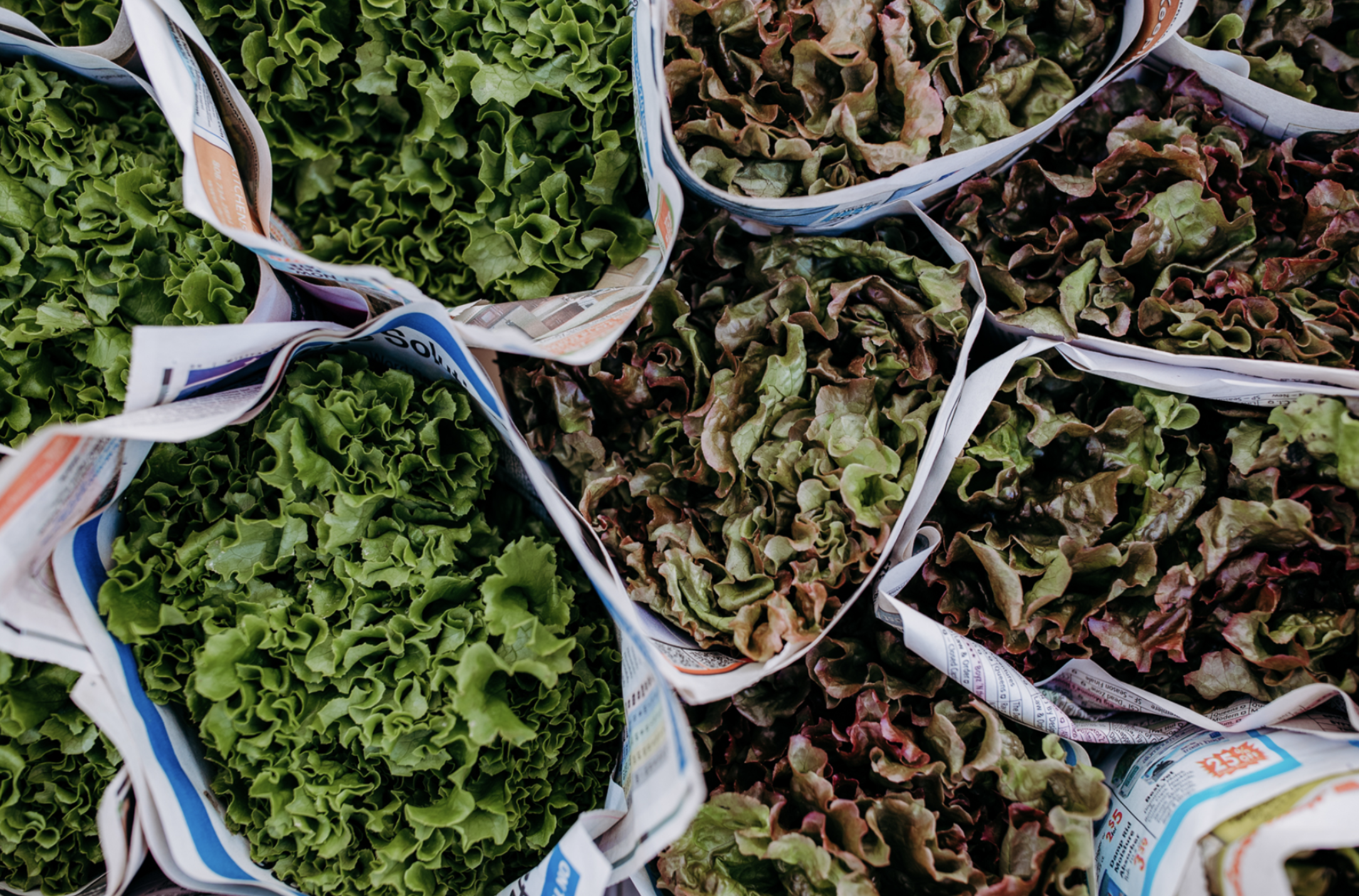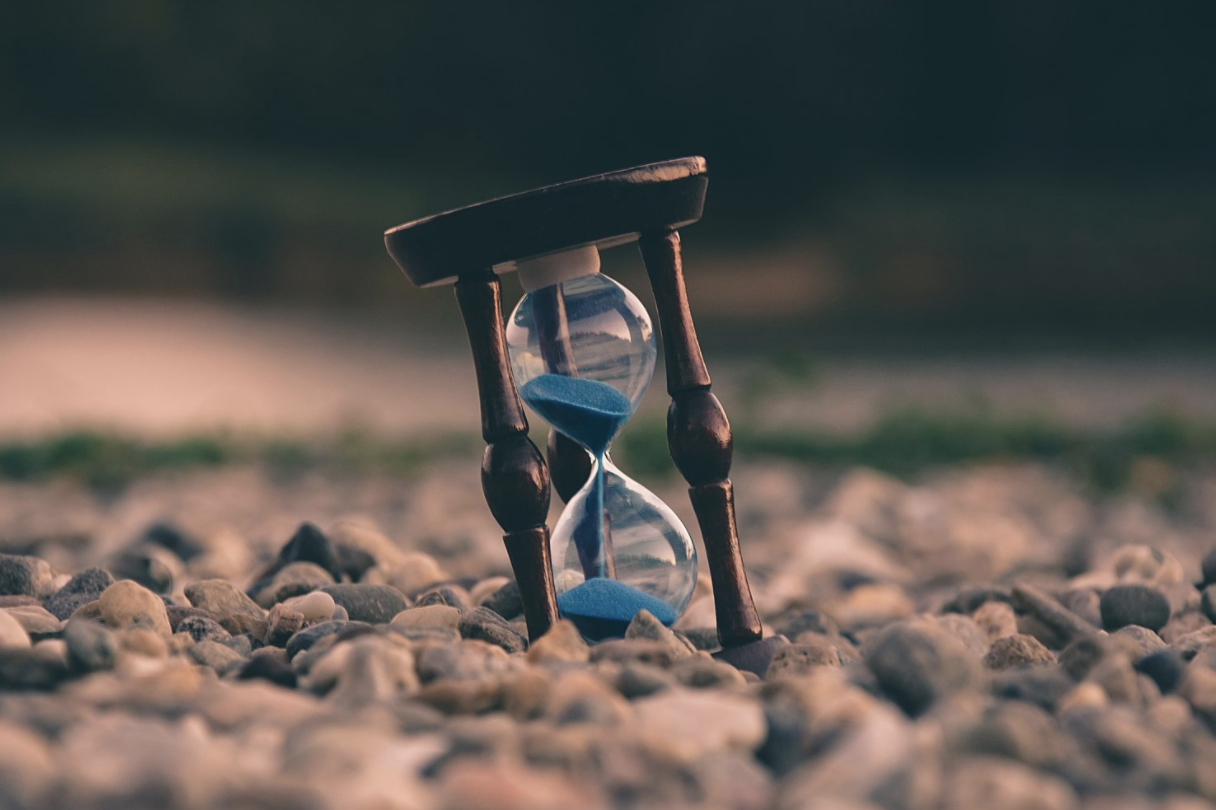“However men try to reach me, I return their love with my love. Whatever path they may travel, it leads to me in the end.” —Bhagavad Gita 4.11
In 2005 I attended a retreat on Maui led by Krishna Das and Ram Das. During this retreat they told me a story I will never forget. In fact, I felt so awakened by this story it forever changed my perspective of my moment to moment interactions with my life and nature.
Krishna and Ram Das were staying at an ashram in India where Neem Karoli Baba—a great Indian Saint of the Himalayan lineage—taught. Krishna explained that Baba never gave instructions or techniques for meditation. He just did not work that way. He said that when he asked Baba, “How do you find god?” Baba would reply, “serve people.” And when he asked, “How do you raise kundalini?” Baba would say, “feed people.” Krishna and Ram did not know what to make of this.
One day, someone new to the ashram asked Baba how to meditate and he answered, “Meditate like Jesus.” This answer only added more confusion to the group of devotees. However, they trusted Baba and figured that he must have known how Jesus meditated. This made them desperately want to practice even more.
So finally Ram asked Baba, “Baba, you said we should meditate like Christ. How did he meditate?” After a long pause and a few tears, the famous Indian saint replied, “he lost himself in love…that is how he meditated.”
Bhakti Yoga
The term “Bhakti” comes from the Sanskrit root word bhaj, which means devotion, love or adoration.
Bhakti is one of the three primary yogic paths laid out in the Bhagavad Gita (the other two being Jnana––the path of knowledge––and Karma––the path of action).
Bhakti as devotion
Traditionally bhakti involves devotion to a guru, a deity or deities, but it can also include devotion to what is “formless” or what might be categorized as “the great mystery.” The Rig Veda, one of the most ancient teachings, states: “The truth is one and the learned call it by many names.” This interpretation gives you freedom to worship the divine in whatever form resonates with your heart the most.
Bhakti as love
Bhakti is a deep yearning to experience love in its purest and highest form. It is sometimes described as “love for love’s sake.”
“It is like when we fall in love with different people—there can be various forms that capture the heart,” Professor Edwin Bryant explains in his book Bhakti.
Since people have different perspectives and proclivities it makes sense that love could take on more than one form.
For example, Baba chose Hanuman as his deity and channel for love. Baba became famous for the unconditional love that radiated from his being.
It has been said that anyone who was in his presence, as well as those who never met him but established an energetic connection to him, were showered with rays of love.
His teachings were simple: “All is One. Love everyone, serve everyone, remember God, and tell the truth.” His Bhakti was so powerful it attracted influential people like Ram Das, Krishna Das, Jai Uttal, Daniel Goldman, Steve Jobs, Mark Zuckerberg and Julia Roberts (just to name a few).
Just like these famous figures, love is something we all want and desire. So, how do you acquire more of it, so that it just oozes out of your pores like Baba?
By doing the one thing that seems counter-intuitive.
You must give it away.
Giving your love away
As St. Francis of Assisi once said, “it is in giving that we receive.”
When you give your love outward to a chosen source you receive love back. Practice long enough like Baba and the outer form disappears. Eventually you become completely immersed in love and become the ocean of love itself.
It might seem impossible to become “an ocean of love,” but you will not know unless you try. For me, I can say that when I practice more love, gratitude and devotion, my state of mind and being literally elevates and feelings of ease, peace and expansion pervade.
Bhakti is incredibly easy when I am in the right place at the right time. For instance when everything is going my way, I am in a beautiful setting, I am in a community that shares my views or the people in my life are not in conflict with me it is easy for me to feel love. But when my fears dominate, and/or I don’t feel my needs are being met, I notice my nervous system reverting to survival mode. It is in this mode, that it becomes hard to feel the love and send it back out.
And perhaps that is just it. The idea of wanting to feel the love first and then sending it out instead of sending it out first in order to receive it.
We are wired to have a bias toward negativity. The nervous system is designed to survive and protect. So under stress it might not feel natural to ooze love out of your pores. But what if you did it anyway?
How to practice Bhakti Yoga
Notice the train of your thoughts.
Have they spun out of control into rumination? And when they do, do you recognize it happening?
One of my practices for when I am feeling clouded or confused is to write in my gratitude journal. I keep several quotes nearby that help put things into perspective for me. One of my favorites is,
“Whatsoever things are true,
Whatsoever things are honest,
Whatsoever things are just,
Whatsoever things are pure
Whatsoever things are lovely
Whatsoever things are of good report;
If there be any virtue, and if there be any praise, think on these things.”
—Phil. 4:8
I think about the things and people in my life that are pure, lovely and feel nourishing to my heart and I journal about them.
At first, this journal was called my “happy journal.” I received it 20 years ago. I used to just write things in it that made me smile or laugh. But then, after a while I realized that the things I was writing about were actually things I loved and highly valued. The more time passed, the more I realized, that these things were blessings and different expressions of divinity in my life.
Today, when I open that journal and review past entries, I am immediately reminded of the many blessings that have been sent my way. Feelings of devotion and praise fill my being and a desire for higher love-making sweeps my spirit upward.
Other traditional ways to practice Bhakti Yoga include: Kirtan (devotional chanting or singing); hearing or reading stories that are related to your chosen source and contemplating their meaning; meditation; performing rituals; and prayer, especially “Meta”—directing loving-kindness to others—whether that is through meditation or service in action.
In Bhakti Yoga all senses, emotions and actions can be used to express love and offer them to whatever form of grace that suits our personalities and cultural upbringing. Especially in times of challenge, Bhakti yoga can be the best medicine. There is so much to be thankful for and so much beauty in each moment, that we could literally have a romance with life if we chose to.
Krishna Das loves to share that story he told us, at the retreat on Maui, of how Neem Karoli Baba instructed meditation. A story about losing yourself in love.
It makes one think, “Where can I place my attention in this moment?”
Will your choice fill you with feelings of peace, connection, expansion? Will you get lost in love with that choice?
These are the inquires in the practice of Bhakti Yoga.
A Yoga Unplugged collaboration - written by Jennifer Reuter, edited by Sarah Burchard






































